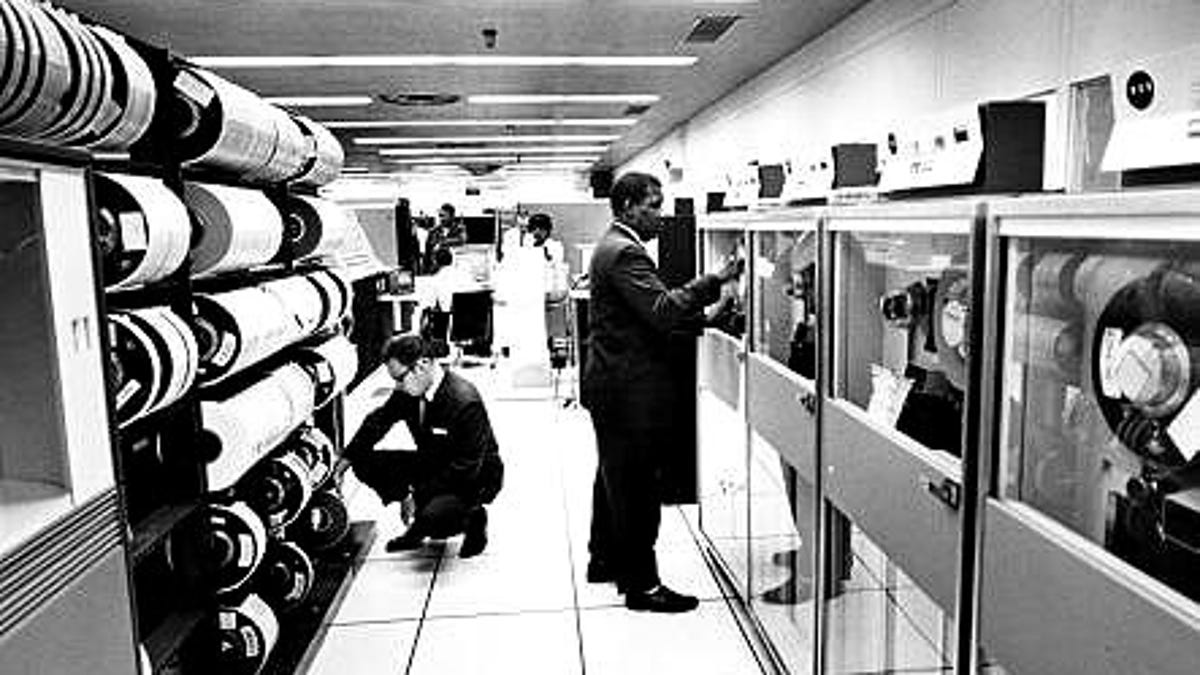End of an era: NASA shuts down its last mainframe
The space agency powers down its last System Z machine, years after IBM stopped selling them for the mathematical calculation jobs for which NASA originally bought them.

There was a time when IBM's mainframes were cutting-edge machines for scientific and engineering calculations.
Those days began in the 1960s, when IBM's System 360 rewrote the rules of computing and before humans walked on the moon. Big Blue long since has moved its high-performance technical computing effort toward its high-end Blue Gene systems and more conventional Linux servers using Intel and AMD x86 chips and Unix servers with its own Power processor. IBM's System Z mainframe line is now geared for commercial customers who are willing to pay a premium for reliability and high performance for tasks such as database transactions.
Now NASA has followed suit, switching off its last mainframe, Chief Information Officer Linda Cureton said in a blog post Saturday.
"This month marks the end of an era in NASA computing. Marshall Space Flight Center powered down NASA's last mainframe, the IBM Z9 Mainframe," Cureton said.
For many in the industry, mainframes have become so burdened with a reputation for a bygone age of computing that they became synonymous with dinosaurs. IBM fought back, boosting performance, adding new technology, and even naming the systems after dinosaurs -- T-Rex, Raptor -- and the systems remain a fixture in some corners of the industy.
Cureton, who once programmed a System 360 mainframe in assembly language at the Goddard Space Flight Center, came to their defense:
They're really not so bad honestly, and they have their place. Things like virtual machines, hypervisors, thin clients, and swapping are all old hat to the mainframe generation though they are new to the current generation of cyber youths...
Today, they are the size of a refrigerator but in the old days, they were the size of a Cape Cod. Even though NASA has shut down its last one, there is still a requirement for mainframe capability in many other organizations.
More than four decades ago, when NASA acquired two "super-speed" System 360 Model 95 machines in 1968, IBM touted the machines' mathematical abilities.
"Both of NASA's Model 95s are handling space exploration problems which require unusually high computation speeds," IBM said. "The Model 95s are capable of computing 14-digit multiplications at a rate of over 330 million in a minute."
Nowadays, the fastest supercomputer performs 10.5 quadrillion calculations per second.
The IBM system also had a staggeringly large amount of memory -- 4MB of main memory supplemented by 1MB of "ultra-high-speed thin-film memories."

